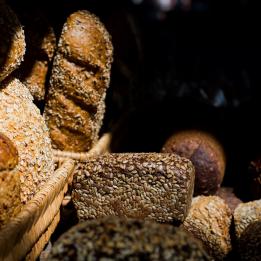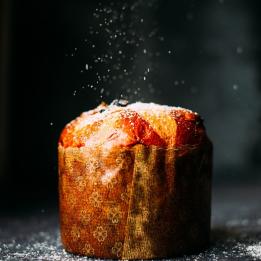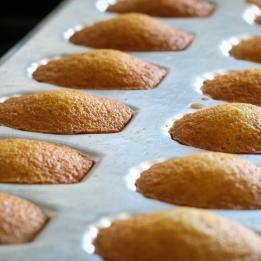Benefits
- Fully automated systems.
- Significant savings.
- Full control over ingredients.
- Consistent product quality.
- Constant product availability.
- Increased productivity.
Liquid yeast
Liquid yeast is made by dissolving blocks of compressed yeast in water. Once the yeast is added, the system automatically introduces water into a refrigerated tank equipped with a stirrer.
The amount of yeast required is shown on the display and introduced manually into the tank. The dissolution process then begins.
The solution is then cooled to around 5ºC before the liquid preparation is fed into a refrigerating circuit and transferred for automatic dosage into production.
Cleaning takes place automatically, using both hot and cold water introduced by a rotating spray ball.
Optionally, a PIG system or CIP washing can be integrated into the system.
Brine
Once the materials are ready, the system automatically introduces water while displaying the correct amount of salt required.
Salt can be introduced manually, although the system is able to automatically pick up and dose the required amount. The dissolution process begins.
The liquid preparation is fed into a refrigerating circuit and transferred for automatic dosage into production.
Again, cleaning takes place automatically, using both hot and cold water introduced by a rotating spray ball.
Hydroalcoholic sugar solution
Glucose, alcohol and water are taken from storage or point of receipt and dosed either automatically or semi-automatically through weighing cells in a refrigerated preparation tank equipped with agitator and temperature control. The liquid preparation is withdrawn and transferred for automatic dosage in production.
Invert sugar
Water heated to 80-90°C is introduced into a double chamber insulated tank equipped with an agitator. The acid component (malic, citric acetic, etc.) is added at the same time. Sugar is added before the mix is steam heated above 100°C when melting and inversion takes place. The solution is then neutralized with sodium or potassium hydroxide and transferred to a refrigerated storage tank, which can feed the transfer and dosing circuit into production.
Technical data
- Tank in AISI 316.
- Easily cleanable filtration systems.
- The capacity of 1,000l tanks up.
- Optional storage tanks.
- Optional refrigeration system (for refrigerated storage tanks).




